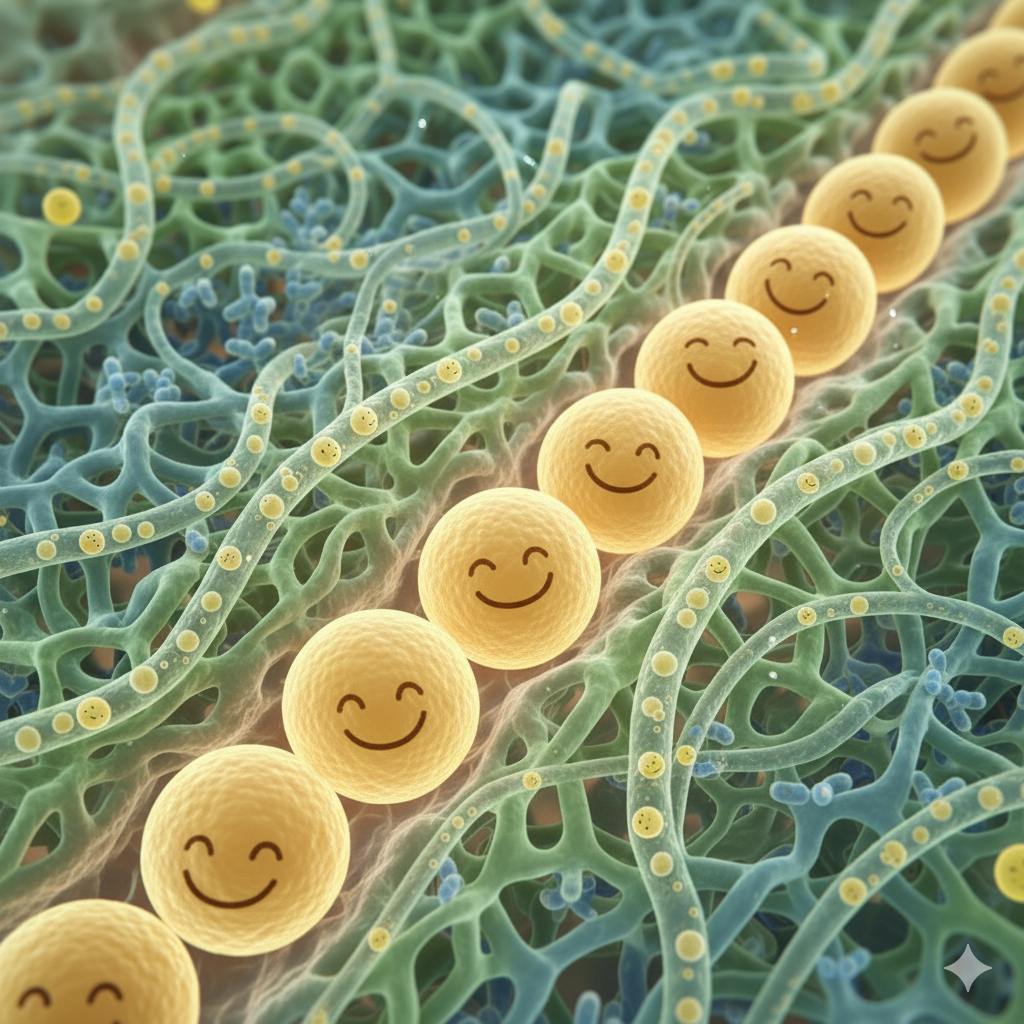
Stem cell therapy is becoming increasingly popular in many applications — from joint restoration to skin care, hair restoration, rejuvenation, and anti-aging. Yet compared with pills, IV drips, or physiotherapy, stem cell therapy is far more complex. Most patients have little understanding of how stem cells work, whether autologous (our own cells) or allogeneic (donor cells).
Doctors and providers typically emphasize two aspects:
- The total number of cells per treatment (the more, the better — up to 200 million).
- The number of divisions (passages) cells undergo in the lab before collection from umbilical cord tissue and injection (usually 3–5).
These are indeed important factors. But there is another, rarely discussed — and equally critical — issue: preparing the body for the injection.
How Stem Cells Function in the Body
Stem cells carry out a vital mission: they restore organs and systems and renew function throughout life. New differentiated cells of many types arise from stem cells, providing continuous rejuvenation.
For this mission to succeed, stem cells must:
- Remain stable by avoiding excessive mutations and protein-folding errors.
- Divide sparingly (a limited number of passages) to preserve potency.
- Use specialized proteostasis mechanisms (protein quality-control systems) and autophagy to maintain function.
- Sustain a low, tightly controlled metabolism to reduce error rates and oxidative stress.
Equally important is their microenvironment. Stem cells do not float freely but live in niches — specialized structures of surrounding cells, extracellular matrix (ECM), signaling molecules, and vascular/lymphatic vessels. Niches regulate stem cell fate through:
- Mechanical cues,
- Oxygen and nutrient gradients,
- Biochemical signals (cytokines, growth factors).
Healthy niches support self-renewal and multipotency. Aged or hostile niches (acidic, inflamed, fibrotic) push stem cells toward senescence, unwanted differentiation, or death. This explains why simple stem cell injections often produce only transient benefits unless the microenvironment is also restored.
The Role of the Lymphatic System
The lymphatic system plays a central role in forming and sustaining stem cell niches:
- Capillaries form the ECM scaffold, anchoring stem cells.
- Interstitial fluid drainage delivers nutrients and removes waste.
- Immune traffic (cells and cytokines) influences inflammation, repair, and survival.
- Lymphatic endothelial cells secrete factors (VEGF-C/D, chemokines) that regulate stem cell migration and viability.
Because lymph flows more slowly than blood, waste and acids can accumulate locally. If lymph becomes too acidic, niches drive stem cells to senesce or die. By contrast, a neutral to slightly alkaline environment (pH ~7.2–7.4) supports renewal and viability. Maintaining systemic pH and balanced lymph composition is therefore crucial for stem cell success.
Preparing the Microenvironment (“Pre-Conditioning”)
To optimize stem cell therapy, the body should be prepared in advance. Clinically and experimentally, several strategies are used to “open the niche” before donor cell infusion:
- Improve lymphatic flow: exercise, manual drainage, compression, hydration, or targeted stimulation.
- Reduce systemic inflammation: anti-inflammatory diet, antioxidants, sometimes short courses of immunomodulators.
- Support detoxification: enhance liver, kidney, and gut elimination pathways so lymph carries fewer harmful metabolites.
- Stabilize pH and oxygenation: maintain neutral systemic pH (7.35–7.45) and good tissue perfusion to prevent microenvironmental acidosis.
Our Approach at Marai Health
At Marai Health, we take stem cell therapy very seriously. We conduct rigorous due diligence on cell sources — verifying lab methods, cultivation conditions, number of passages, collection and transport protocols.
Equally important, we prepare the patient’s body. Our Stem Cell Niche Pre-Conditioning Program is designed to cleanse and optimize lymphatic and tissue microenvironments, ensuring transplanted cells have the best chance to survive, self-renew, and restore function.
